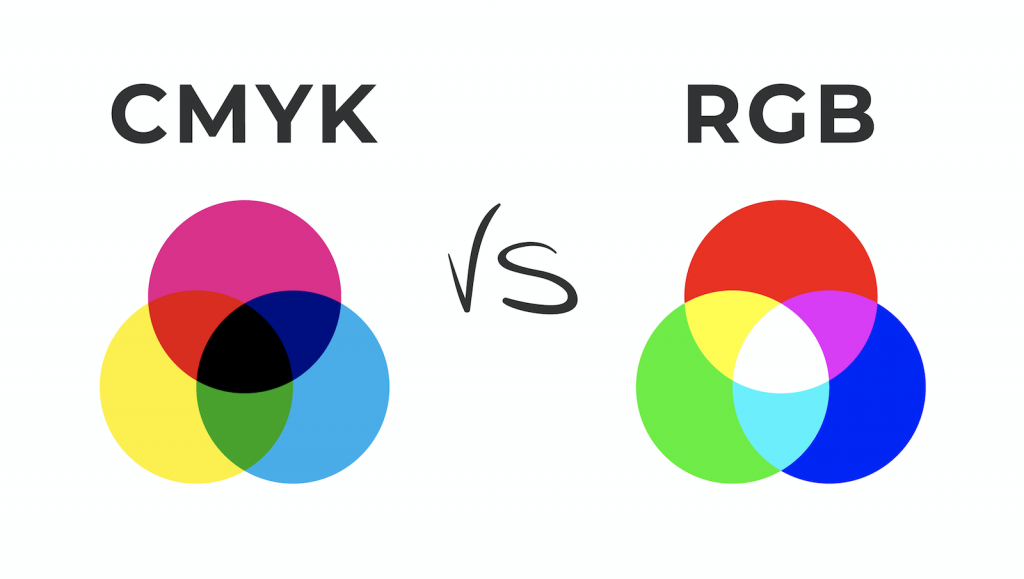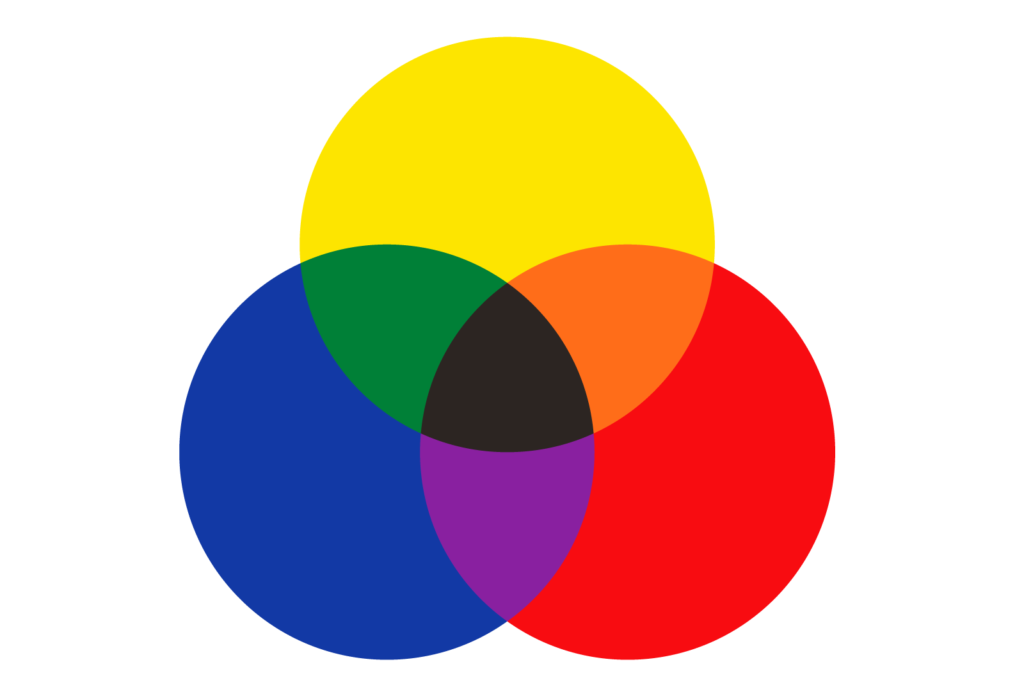What Do Green and Purple Make: Understanding Color Mixing
Color mixing is an intriguing concept that allows us to create a vast array of hues and shades. When it comes to combining colors, the possibilities are endless. In this article, we will explore the captivating world of color mixing, focusing specifically on what happens when green and purple are combined. By understanding the principles behind color blending, we can unlock the secrets to achieving the desired hues in our artistic endeavors or even in interior design. Let's delve into the fascinating question: What do green and purple make?
1.The Basics of Color Mixing
Before we explore the specific combination of green and purple, it is essential to grasp some fundamental concepts of color mixing. The primary colors are red, blue, and yellow, which form the basis for all other colors. By combining these primary colors, we can create secondary colors, such as orange, green, and purple. Understanding this color wheel will help us comprehend the outcome of blending green and purple.

The RYB and CMYK models
2.Green and Purple: Complementary Colors
Green and purple are considered complementary colors, meaning they are opposite each other on the color wheel. Complementary colors tend to create a vibrant contrast when placed together, making them visually appealing in various artistic compositions. When mixed, complementary colors have the potential to produce intriguing results.
3.Color Mixing Experiment: Green and Purple
To determine what green and purple make, we can conduct a simple color mixing experiment. Let's imagine we have two primary colors: blue and yellow. By mixing these two colors together, we obtain green. Now, if we take that green and mix it with purple, we can observe the result.
Color Mixing Experiment Results:
-
When green and purple are mixed in equal proportions, the resulting color is a shade of brown. This happens because green contains yellow, and when mixed with purple, which has traces of red, the combination produces a brownish hue.
-
-
If we add more green than purple, the resulting color will lean towards a dark, olive green shade with hints of purple undertones.
-
-
Conversely, if we add more purple than green, the resulting color will be a darker shade of purple with greenish undertones.
4.Color Harmonies: Green and Purple
While green and purple can create brownish hues when mixed directly, they can also be used together to achieve pleasing color harmonies. There are various color schemes that incorporate green and purple, such as analogous, monochromatic, and triadic.
-
Analogous: An analogous color scheme involves using colors that are adjacent to each other on the color wheel. In the case of green and purple, this could include shades of green, blue-green, and purple. This harmony creates a visually appealing blend with a natural and harmonious feel.
-
-
Monochromatic: A monochromatic color scheme involves using variations of a single color. By selecting different shades of green and purple, we can create a monochromatic palette that offers depth and visual interest.
-
-
Triadic: A triadic color scheme involves selecting three colors that are evenly spaced on the color wheel. Combining green, purple, and their shared complement, yellow, can result in a vibrant and balanced color combination.

RYB Color Model
In conclusion, the combination of green and purple can lead to various outcomes, depending on the proportions and techniques used. Mixing them directly often results in shades of brown, olive green, or darker shades of purple. However, by considering color harmonies and incorporating green and purple into different schemes, we can create visually captivating and harmonious compositions. Understanding the principles of color mixing empowers artists, designers, and anyone interested in colors to unlock their creative potential and explore the captivating world of hues and shades.